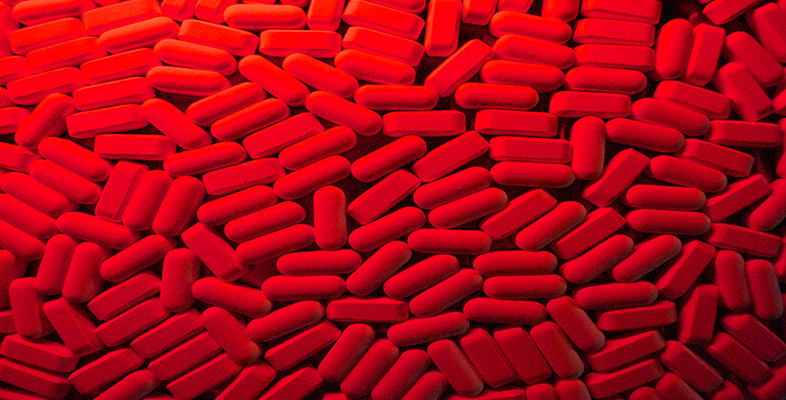1.1 Use of molecular modelling in drug design
Modern drug discovery has its roots in the detailed investigation of such substances; classically, modification and/or mimicry of natural substances were the basis for drug discovery programmes. As screening technology moved with time from the primary evaluation of single compounds in animal models, through organ baths to modern ultra high-throughput profiling of millions of compounds, the character and appearance of molecules evolved too. Such approaches may provide very many active compounds against the primary target; but to be an effective drug, the experimental molecule must still have adequate physical properties (especially water solubility), be absorbed and distributed into the body and possess a level of stability that enables it to be delivered effectively to the intended target with an appropriate duration of action. A further challenge for certain therapeutic targets, such as pain and other central nervous system (CNS) associated conditions, is the need to achieve penetration of the blood–brain barrier, a process that has exacting physico-chemical requirements.
A more detailed study would address these issues and illustrate the methods not only for discovering new active compounds, but also optimising these to ensure that they can perform effectively and safely as drugs for the improvement of health and treatment of diseases.
One of the most important tools for drug discovery is molecular modelling. Before high-speed computers became commonplace, medicinal chemists could only build physical models of possible drugs. However, the development of both hardware and software has meant that the medicinal chemist can:
- create visual images of a drug and manipulate them with ease;
- calculate the best geometry for the molecule involving optimum bond lengths, bond angles and torsional angles;
- use crystal structures of proteins to identify drug binding sites and to identify which molecules will bind most effectively to the binding site;
- based on the primary structure of a protein obtained from the genome, predict possible secondary and tertiary structures of a protein and thus possible binding sites;
- without any structural knowledge of the binding site build up an idea of its geometry and functionality based on pharmacokinetic information from a series of drugs and their structures.
If we are reviewing the process of drug discovery from concept to clinic, molecular modelling is an essential area to study, so we will focus on some of the basic tools.
